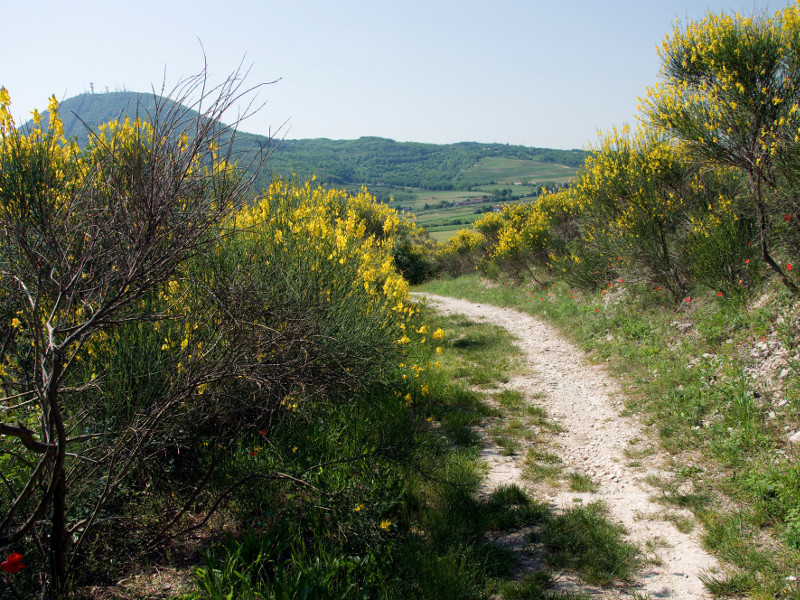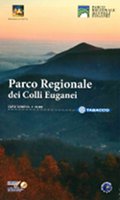Cava Bomba
Cava Bomba is a good example of environmental restoration of a long disused quarry. Quarrying activities, carried out from the end of the 19th century until the 1970s, had left a barren, rocky expanse devoid of all vegetation, and a high wall where layers of maiolica and scaglia rossa limestone were clearly visible, showing how an ancient, clay seabed was once there. Quarrying ended in 1974, and research started on the important, 92 million year old fossils found in the small, dark argillite hump at the centre of the quarry. Environmental-focused interventions then included sowing of fitting plants for the temperate climate and the arid limestone soil (Gramineae and Leguminosae, but also indigenous trees and shrubs), which especially suited the almost Mediterranean local situation and the sunny southern-facing slopes of these hills. Over time, other species have enriched this environment, such as Spanish broom (Spartium junceum), dog rose (Rosa canina), manna ash (Fraxinus ornus), and many more grasses, trees and shrubs.
Price: 8.00 €








